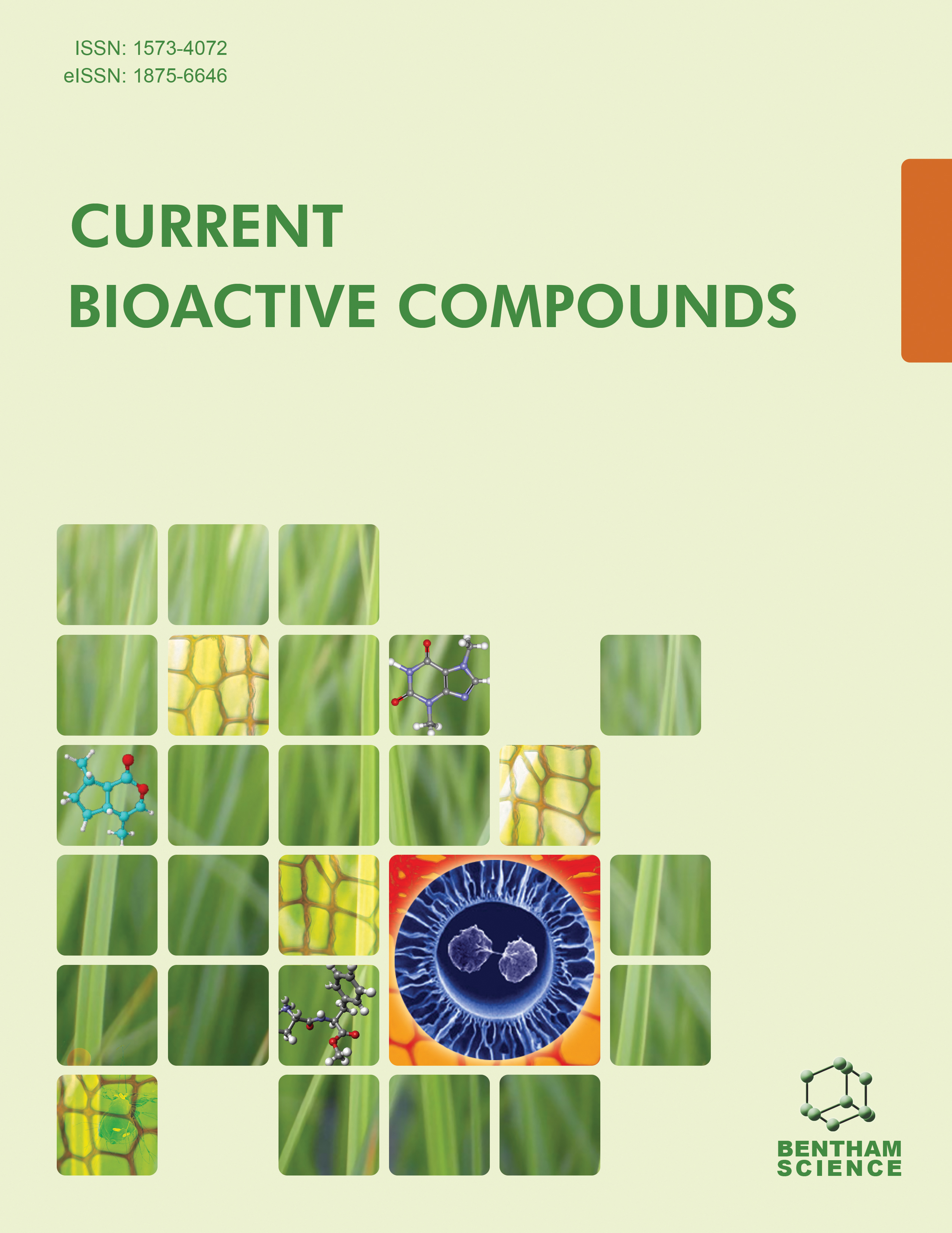
Full text loading...
Epilepsy is a growing concern for the scientific community globally as less than 80% of individuals experience reduced seizure severity with existing antiepileptic medications and the chances of relapses are very high with those medications. Therefore, the existing problem requires more attention to unravel the chances of relapses and adverse effects of available medications. Isoindole-1,3-diones serve as a valuable scaffold with diverse biological activities, including analgesic, anti-inflammatory, and hypolipidemic properties. This review will emphasize the antiepileptic behaviours of the Isoindole-1,3-diones with diversified synthetic procedures and modes of action. For this purpose, an extensive literature survey was undertaken through different online platforms such as PubMed, Web of Science, Scopus, SciFinder, Google Scholar, Science Direct, etc. Some N-substituted Isoindole-1,3-diones have demonstrated promising anticonvulsant activity, primarily by effectively blocking sodium channels. Epilepsy is often linked to channelopathies involving α, and β-subunits, and medications have specific mechanisms for binding with the α-subunit of the sodium channel. Analyzing the structural features of phenytoin, carbamazepine, and lamotrigine revealed that benzene or phenol substitution, along with the addition of a chloro group, enhances their activity in the maximal electroshock seizure (MES) and subcutaneous pentylenetetrazol (scPTZ) tests. This review focuses on the role of specific sodium channels in electrical signalling and neurological conditions, emphasizing the significance of Isoindole-1,3-diones and their derivatives in designing potent anticonvulsant agents, particularly in the development of selective sodium channel inhibitors.

Article metrics loading...

Full text loading...
References


Data & Media loading...

